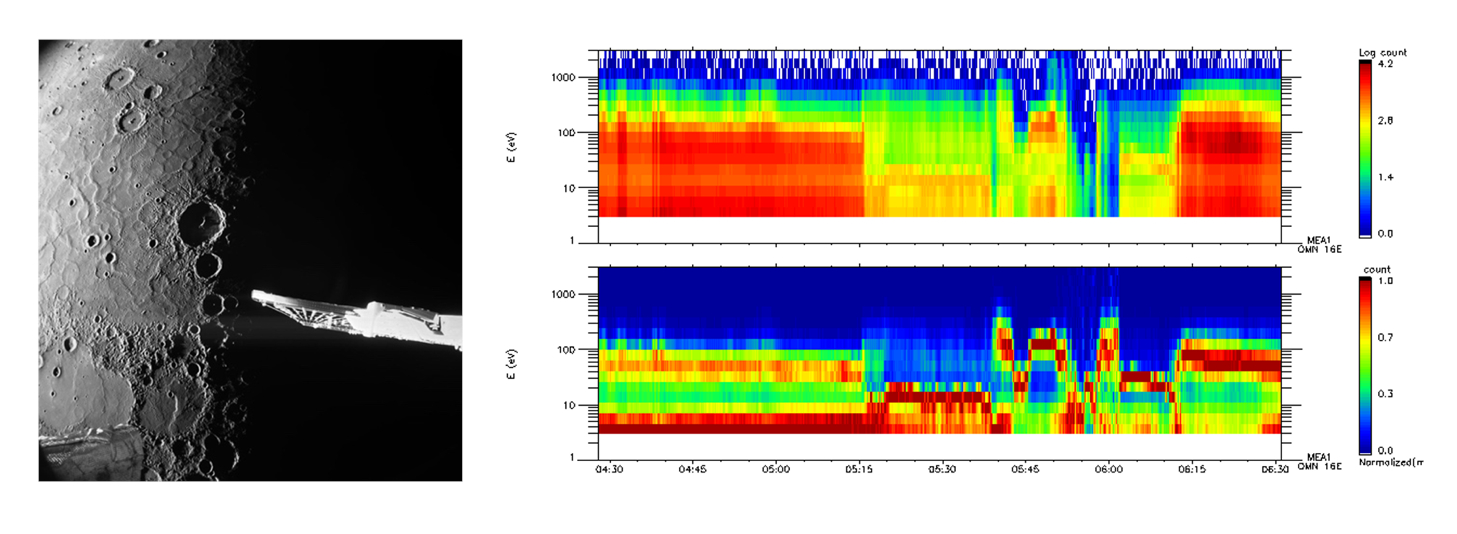Well-awaited gathering with BepiColombo for its sixth Mercury flyby!
On 8 January 2025, the ESA/JAXA BepiColombo mission flew by Mercury for the sixth time, at an altitude of 295 km. This sixth and final flyby reduced the spacecraft’s speed and change its direction, readying it for entering orbit around the tiny planet in late 2026.
The Mercury Electron Analyzer built by IRAP were successfully turned on during the whole flyby and obtained unique measurements of electron populations in regions that haven’t been sampled before and parts of which won’t be visited by BepiColombo during the main science phase of its mission.
BepiColombo’s sixth flyby is indeed particularly exciting since the spacecraft took on a unique route through Mercury’s magnetic and particle environment. It crossed the equator opposite the Sun on Mercury’s night side before flying over the planet’s north pole. During eclipse, in the cold shadow of the planet, as well as above the northern pole, the spacecraft passed through regions where charged particles can precipitate from the planet’s magnetic tail as well as in the solar wind towards its surface. The new MEA observations obtained during Mercury’s sixth flyby will certainly contribute to elucidate the underlying mechanisms and characterize the large diversity of structures observed. In the meantime, a bit of patience since the next reunion with BepiColombo will now be in 18 months for the Mercury Orbit Insertion! See you soon Bepi!

Images of Mercury obtained by the monitoring camera onboard the ESA/JAX BepiColombo
spacecraft during its sixth Mercury flyby on 8 January 2025. CREDIT: ESA/BepiColombo/MTM. Energy-time spectrogram of electron (raw and linearly normalized) counts obtained by MEA1.
Further Resource
- ESA Press Releases :
Contacts
- Nicolas ANDRE, IRAP et ISAE/SUPAERO, nicolas.andre@irap.omp.eu et nicolas.andre@isae-supaero.fr
- Mathias Rojo, mathias.rojo@irap.omp.eu
- Emmanuel Penou, emmanuel.penou@irap.omp.eu
- Alain Barthe, AKKODIS






